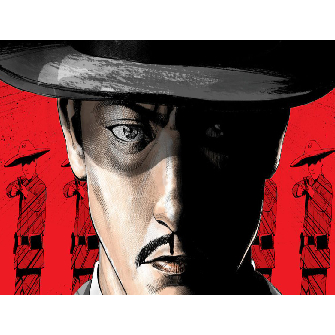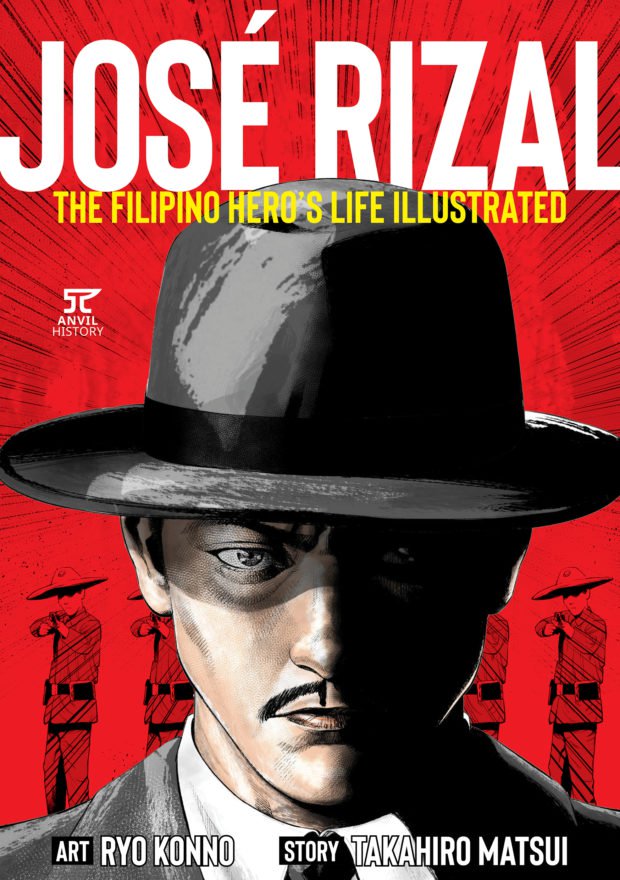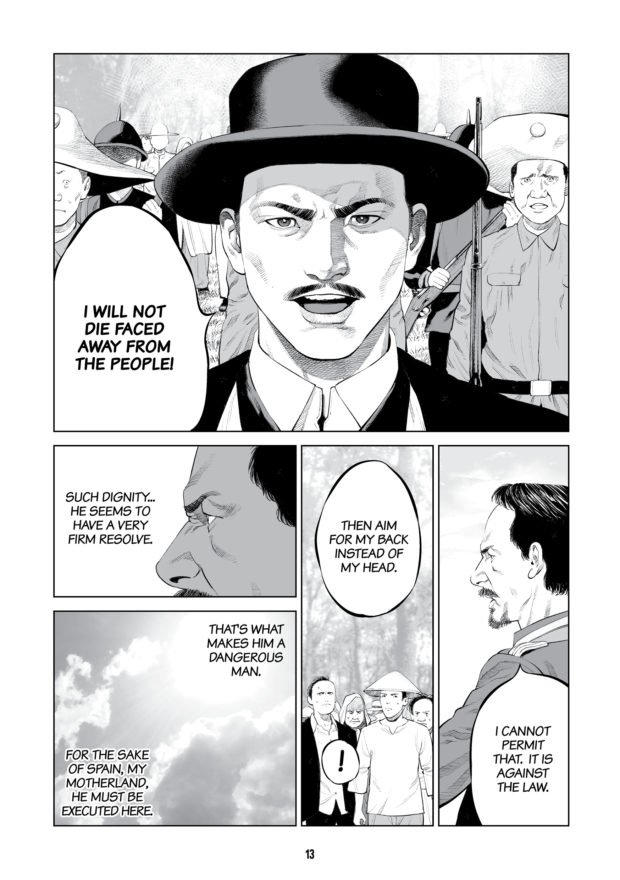


Article by Ruel S. De Vera, Philippine Daily Inquirer
Filipinos think they know every little detail in the life of national hero José Rizal after being taught about him in school. But there is a dynamic new way of looking at Rizal, and one can find it in “José Rizal: The Filipino Hero’s Life Illustrated.”
The manga (Japanese comic book) on Rizal was originally published online in Japan by Torico Co. Ltd. in 2018. Published locally in paperback by Anvil Publishing Inc., the comic book presents an entirely new way for young readers to get to know Rizal as it casts familiar events in a new light.
The unique book’s story begins with Torico chief executive officer Takuro Ando, who talked to the Inquirer through email.
“I caught sight of a bronze statue of José Rizal in Hibiya Park, and began to wonder why a bronze statue of a Filipino was in Japan,” he recounted. After asking around, Ando realized “Rizal would be a good subject to let Filipinos and people all over the world see the appeal of manga.”
Rizal visited Yokohama and Tokyo in Japan in 1888. The Rizal bust in Tokyo’s Hibiya Park was erected in 1998 at the site of what used to be the Tokyo Hotel, where Rizal stayed.
The resulting manga, which first appeared in Japanese on the sukima.me website and in English on the manga.club website, was written by Takahiro Matsui and illustrated by Ryo Kanno. It was handled by Philippine translation company Creative Connections & Commons Inc.
Two languages
“We decided to make it in two languages so we can introduce José Rizal to the Japanese and introduce Japanese manga to the Philippines. Thanks to that, our work was featured by various media and thus, many people read it,” Ando said.
Matsui was in the Philippines from 2011-2014 as a Japanese language education specialist for the Japan Foundation and taught Japanese in Cebu. “I always saw José Rizal’s statue and portrait,” Matsui said. “That made me want to write a story about this person who fought for the Philippines’ independence.”
Matsui read books on Rizal by Reynaldo Ileto, Renato Constantino, Vicente Rafael and Floro Quibuyen, which had been translated into Japanese. He readily admitted he should have also read Ambeth Ocampo, but did not get to do so.
Art
For the art, Konno came to the Philippines to do his research: “I went to Rizal Shrine, Fort Santiago, the historical buildings around Manila and his hometown,” he said.
Read more: https://lifestyle.inquirer.net/345087/retelling-rizal-through-manga/#ixzz5zBHIxtMl